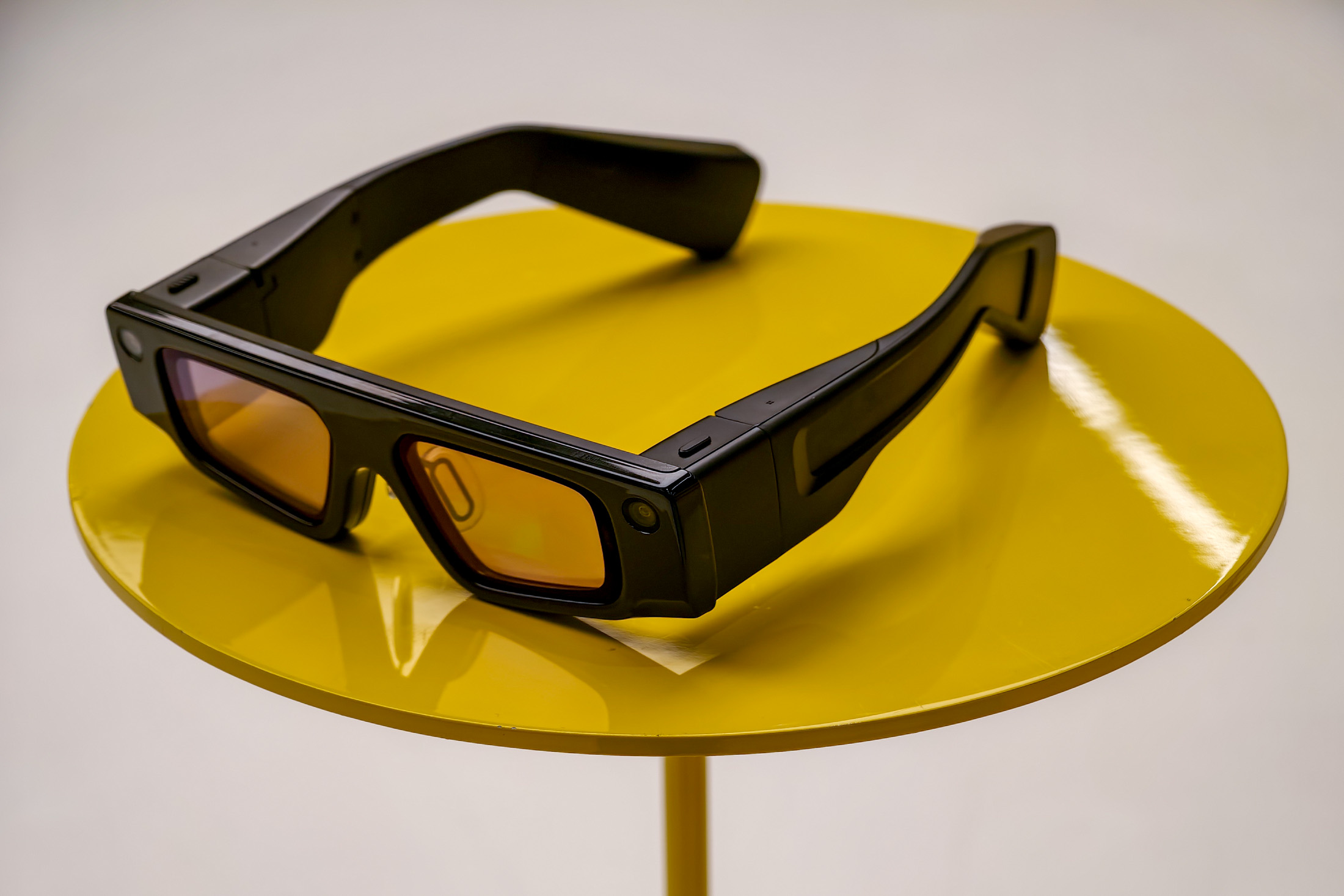Snap’s journey into the world of augmented reality (AR) continues, albeit at a measured pace. While the consumer release of their fifth-generation Spectacles remains elusive, slated for 2026, the recent unveiling of Snap OS 2.0 offers a glimpse into the company’s vision for mainstream AR adoption. Instead of flashy, gimmick-filled AR experiences, Snap is focusing on the foundational elements necessary for everyday use. This shift towards practicality might be the key to unlocking the potential of AR glasses and making them truly appealing to a wider audience. This article delves into the key improvements of Snap OS 2.0 and analyzes its significance in the broader context of AR technology.
The Focus on Functionality: A Departure from Whimsy
Snap’s past AR efforts have often leaned towards playful, filter-based experiences. Snap OS 2.0 represents a notable departure from this approach. The update prioritizes functionality over flashy gimmicks. The improvements center around core features like web browsing, photo and video management, and translation capabilities. This strategic shift suggests that Snap is acknowledging the need for practical utility in order for AR glasses to become a truly integrated part of daily life. The emphasis on making the glasses genuinely useful could be a game-changer.
Improved Web Browsing and Multimedia Management
One of the most significant additions in Snap OS 2.0 is a vastly improved web browser. This enhancement addresses a major limitation of previous iterations, making it easier to access information and interact with online content directly through the glasses. Coupled with this is a new gallery app that allows users to easily view, manage, and share photos and videos captured with the Spectacles. These improvements transform the glasses from novelty devices into potentially useful everyday tools. The simple act of having a functional browser readily available could broaden their appeal substantially.
Translation Capabilities: Bridging Language Gaps
The integration of real-time translation tools in Snap OS 2.0 showcases Snap’s commitment to creating AR glasses that cater to a global audience. This feature has the potential to be incredibly useful for travelers, international businesses, and anyone who regularly interacts with people who speak different languages. The seamless integration of translation functionality directly within the glasses provides a more convenient and natural experience compared to relying on separate apps or devices. This thoughtful inclusion hints at a more inclusive and accessible future for AR technology.
Developer Focus and the Path to Consumer Adoption
It’s important to remember that Snap OS 2.0 is currently only available to developers. This signifies that Snap is diligently refining the software and gathering valuable feedback before releasing the glasses to the broader market. This measured approach, focusing on functionality and addressing core usability issues, increases the likelihood of a successful consumer launch. By releasing improved software for developers first, Snap demonstrates a commitment to building a polished and effective product.
Conclusion: A Measured Approach to AR Domination
Snap OS 2.0 might not be the groundbreaking, futuristic AR experience some anticipated. However, its focus on practicality and core functionality represents a crucial step towards making AR glasses a genuine part of everyday life. The inclusion of a better browser, gallery app, and translation features addresses real-world needs and significantly enhances the usability of the device. While the consumer release is still a few years away, Snap’s dedication to refining the software and improving functionality suggests that the company is approaching the challenge of mainstream AR adoption with a thoughtful and deliberate strategy. The future of AR glasses may be more pragmatic than previously imagined, and that could be a very good thing.

